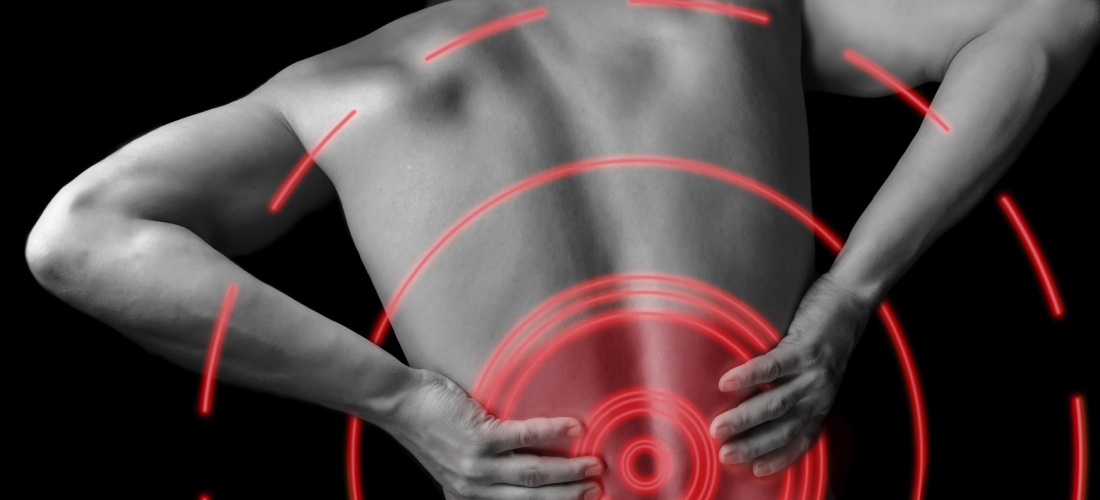
Case Study: Chronic SI Joint Pain
Most people don’t realize that there are actually 5 different taping protocols for functional tape, all of which render different clinical outcomes! Have you ever wondered why Functional tape works sometimes with your patients, and other times not?
I can tell you right now that if you have a specific clinical analysis flowchart that you follow to determine what taping protocol to utilize, you will have optimized results.
Anything else is just a guess.
Let’s consider a case presentation we had last week at the American Posture Institute. William presented with persistent low back pain, localized over the right SI joint. Although it had decreased and his posture showed objective improvements, on his re-evaluation he said he still had back pain everyday.
To decide what type of taping protocol to utilize, we followed the clinical analysis flowchart.
The first question, is if he is hypermobile or instable. The answer was no, so we then ask if he has pain or not. The answer of course was yes.
If the patient presents with pain, determine if it is acute or chronic. Acute patients will have a completely different tape application than chronic patients. In William’s case he was chronic. Because he has persistent low back pain, we know he is a good candidate to utilize the tape with.
There are two types of therapeutic taping protocols. The first is Specific Proprioceptive Rehabilitation Taping or SPRT, if that doesn’t work then you would utilize high-tension tape.
To test and see if SPRT is right for your patient, you want to offload the injured tissues in different directions and see if that reduces the pain. It should work instantly. If it does, we know we want to use SPPRT.
If you test the fascia in every direction and there is no pain relief then you would test to see if High Tension Tape works to eliminate symptoms.
To learn how to apply SPRT tape for the relief of SI joint pain, check out the course Advanced Posture Taping by the American Posture Institute. Learn this taping protocol, among others that you can utilize with your patients who present with chronic SI joint pain, a very common complaint of low back pain.

















